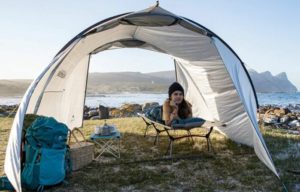How To Find The Best Winter Camping Sleeping Pad: A Buying Guide
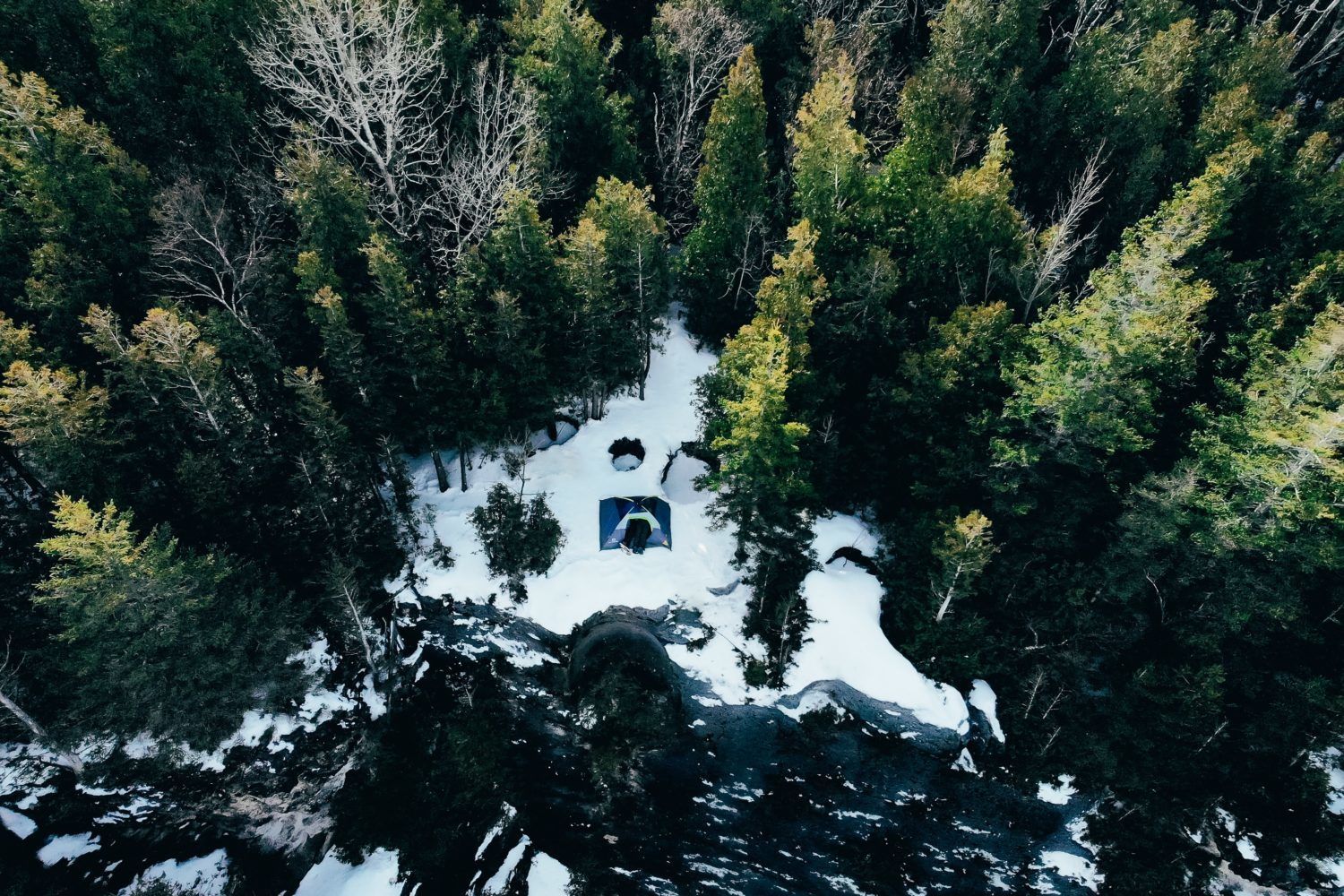
Are you planning on camping in the cold weather? You want to buy a sleeping pad for winter camping but you are not sure which one to choose? We prepared this winter camping sleeping pad article.

Winter Camping Sleeping Pad: How to Choose
Let’s talk about a few important factors when choosing the right option for you: type of sleeping pad, R-value, weight, size, packability, comfort, added benefits, and style of camping.
Types of Sleeping Pads
Air Pads
Air pads or mats are usually very lightweight and compact sleeping pads because they use only air without foam inside. Today many air pads contain insulation and reflective materials that increase body heat. Some air pads are also made with a high R-value, perfect for winter camping.
Pros:
- Lightweight
- Compact
- Packable
Cons:
- Price
- Less durability
- Loose heat faster
- Loud when moving around
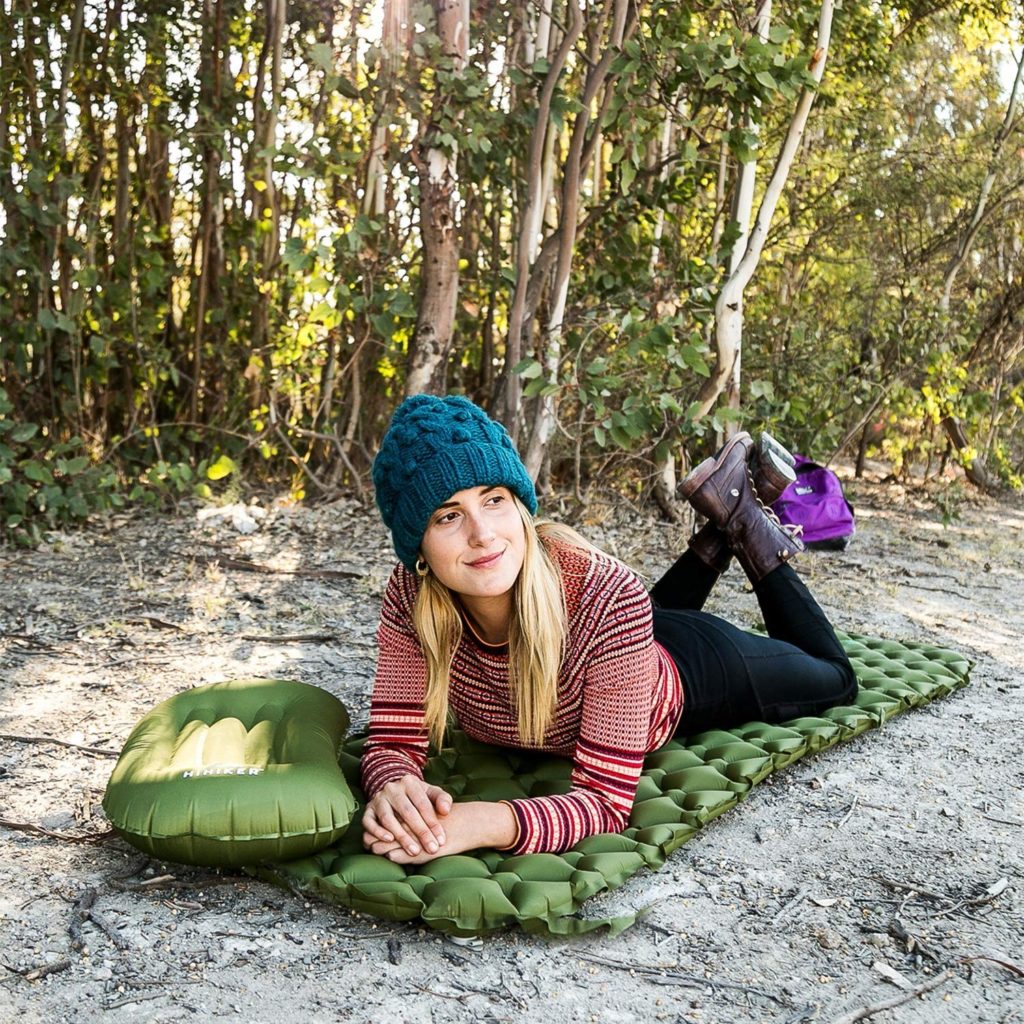
Inflating and Self-Inflating Sleeping Pads
These sleeping pads combine open cell foam insulation and air inside the pad. This combination prevents losing heat and allows longer insulation periods. Inflating and self-inflating pads are heavier than air pads, but provide more insulation for winter camping. Inflating pads need to be inflated by mouth or with an air pump, while self-inflating pads do all the work for you.
Pros:
- Insulation
- Comfort
- Durability
Cons:
- On the heavy side
- A bit bulky
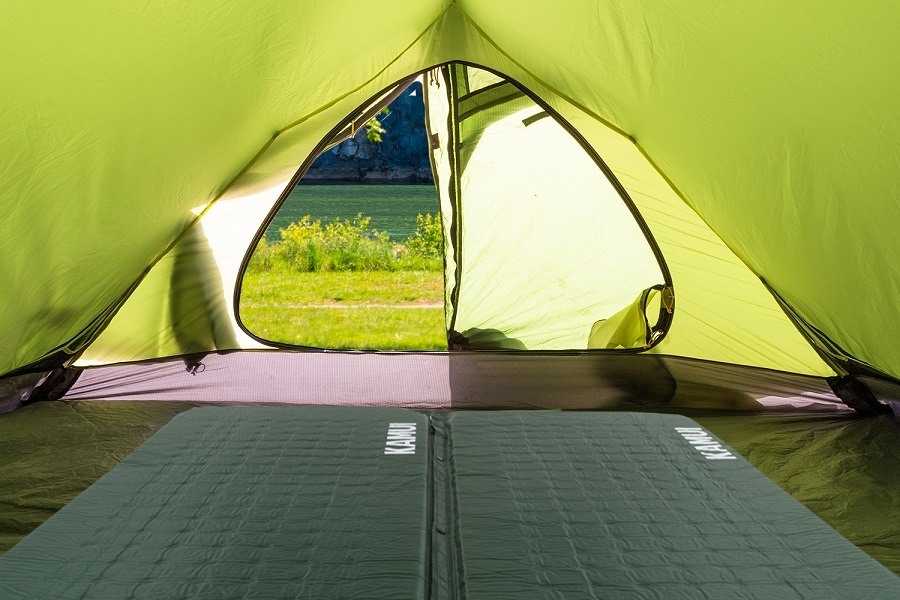
Foam Pads
Foam pads are made from closed-cell foam materials. These are the most lightweight pads but are less comfortable and warm. They are very light to carry and durable.
Pros:
- Lightweight
- Lower price
- Durability
Cons:
- Less packable
- Less warm
- Less comfortable

Size
Sleeping pads have different sizes to choose from. You should select the dimensions of your pad according to your height and size.
If you bring your sleeping pad with you in your backpack, you don’t want to carry around extra weight. If you’re looking for more comfort, you should always choose a wider option. The most important thing with winter camping is that your pad is not too small for your needs.
R-Value
When camping during the night, our bodies lose heat to the cold ground beneath us. To prevent this from happening, we use pads with a high R-value.
For winter camping temperatures, which go below 50°F or 10°C, you will need specialized sleeping pads. One needs a specialized winter camping sleeping pad with an R-value of 5 and above for winter camping.
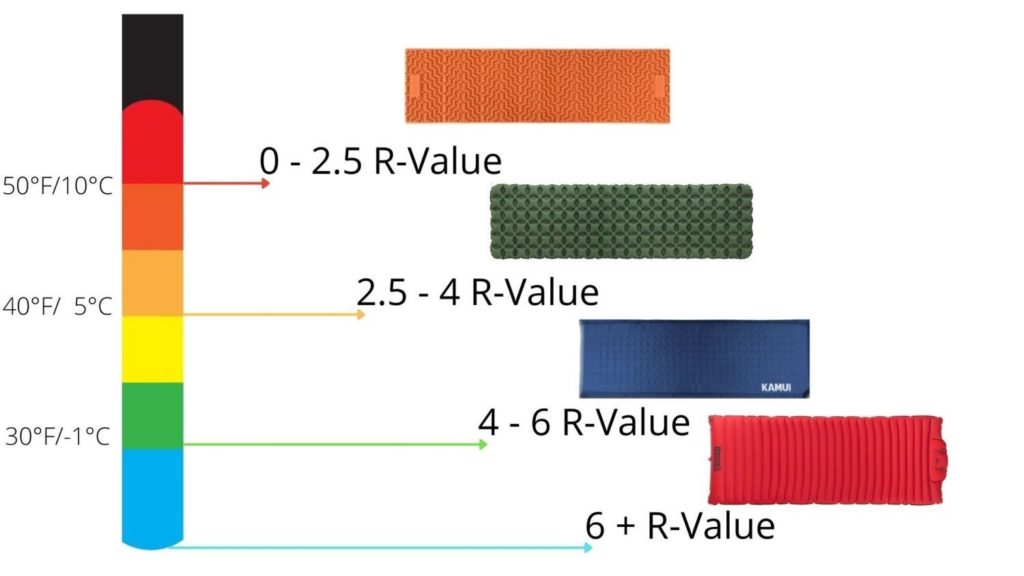
Weight
Another thing you should consider is the weight of the sleeping pad. This aspect depends on the type of sleeping pad, material, thickness, and size. This aspect is not important if you are car camping. But, if you plan on bringing your pad in the backpack, you should look for a lighter option.
Packability
Packability of the sleeping pad usually depends on the type of sleeping pad, size, material, and thickness of the pad itself. The longer you carry the pad, the lighter and smaller you want it to be.
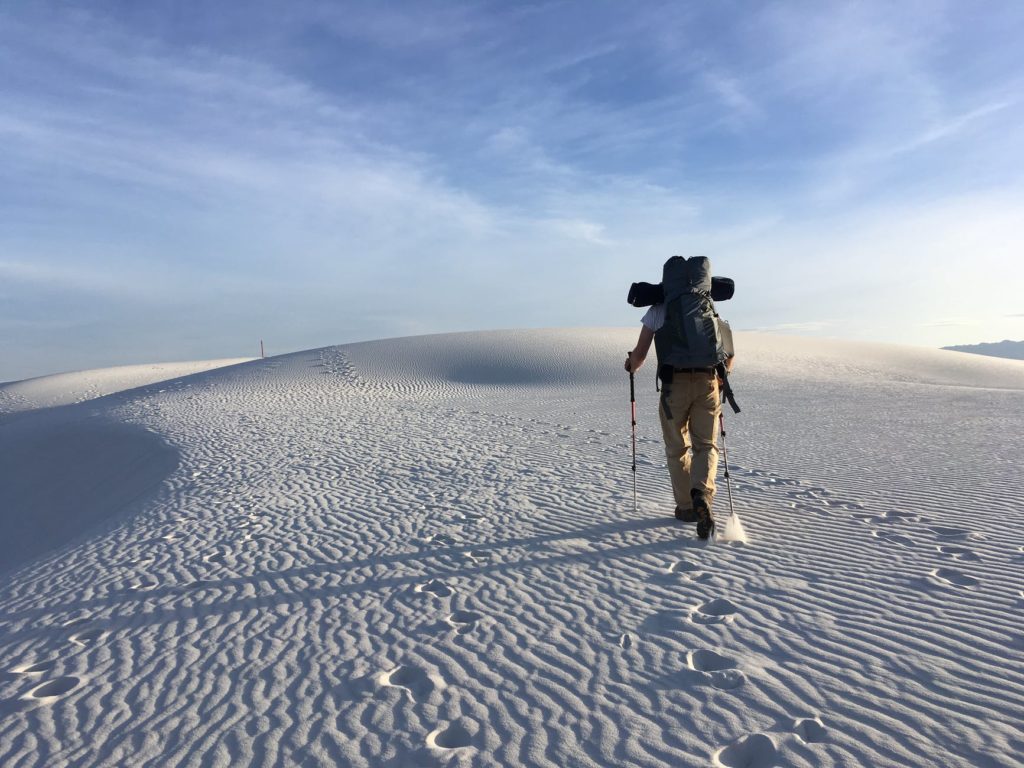
Comfort
The rule of thumb is that thicker pads are more comfortable. Fewer inches of thickness save you a little bit of weight but are also less comfortable.
When choosing a pad for your needs, it’s best to know what you prefer. It can be a sleeping pad that allows you to sleep on the side, a pad with stiffer surface, or a puffy air mat. The best way to make sure is to try the sleeping pad out.

Other Benefits
Some people are looking for a double sleeping pad. To have a bigger sleeping surface, some models can clasp together. Other positive benefits of sleeping pads include anti-slip materials, repair kits, and pillows.
Style of Camping
Different styles of camping ask for different sleeping pads. The most popular camping styles can be car camping, backpacking, thru-hiking, winter camping, family camping, river camping, hammock camping, and many others.
Winter camping requires well-insulated sleeping pads with a high R-value.
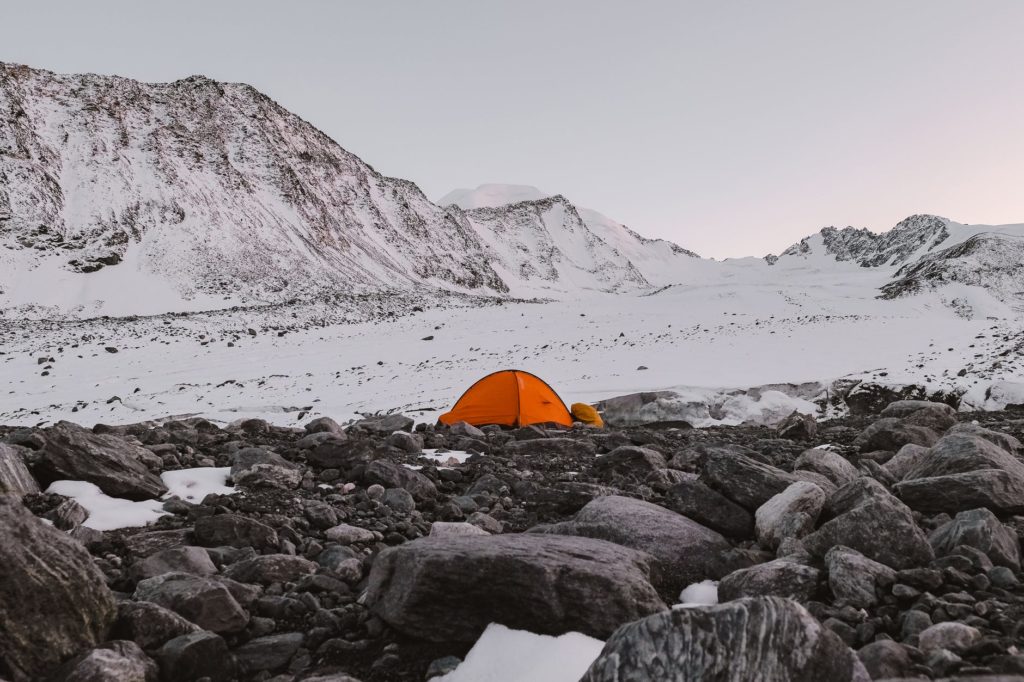
FAQ: Winter Camping Sleeping Pad
A higher R-value is recommended for winter camping in lower temperatures. This R-Value lands around 5. Also, the place you plan on camping, climate, and temperature all play an important role when choosing the right sleeping pad.
The best way is to buy a good sleeping pad with an R-value adequate for winter camping. Another method is to combine two sleeping pads, by stacking them on top of each other.
R-value measures the capacity of a material to resist heat flow. Our bodies lose heat to the cold ground beneath us. We use pads with insulation or a high R-value to prevent this from happening.
The thickness of your pad depends on what type of camping you are planning. Also, what your personal preferences are in terms of sleeping. If you want a stiff surface, find a closed-cell foam pad. If you like cushioning, choose air or self-inflating pads. If you prefer sleeping on the side, choose a thicker mat.
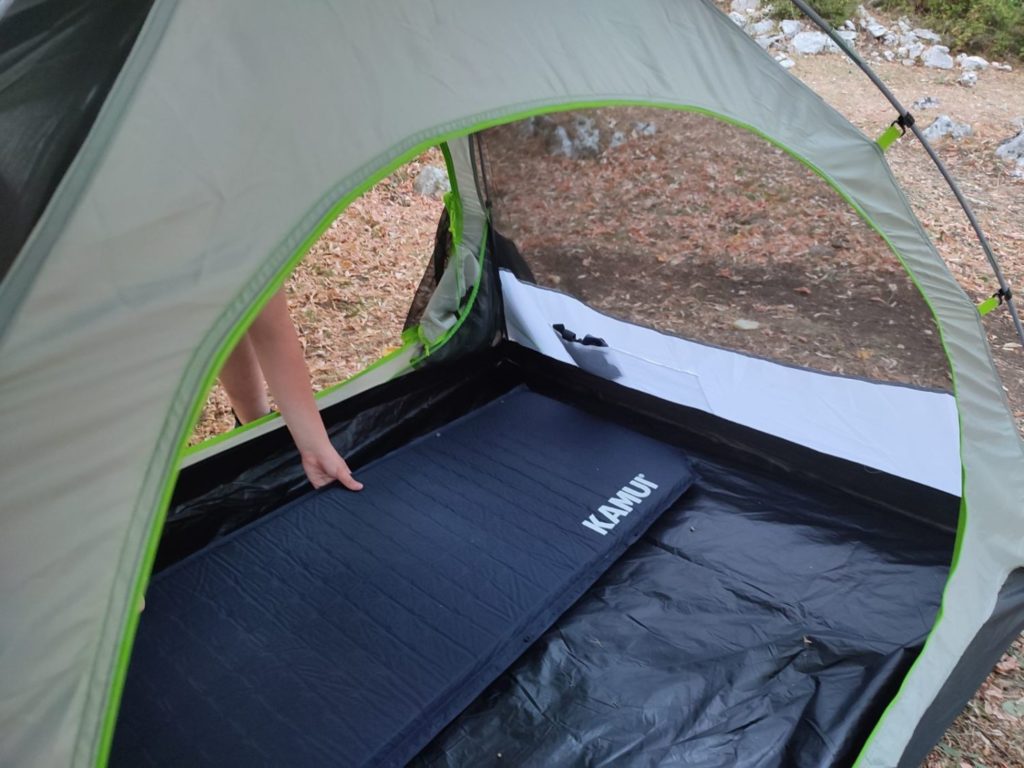
Conclusion
Our Choice is the KAMUI self-inflating sleeping pad. The KAMUI sleeping pad has an impressive R-value of 5.7, perfect for winter camping. It is a comfortable sleeping pad with 2 inches of thickness.
We hope our article helped you answer your sleeping pad questions. It all comes down to your preferences when choosing the right sleeping pad for your needs.




